 |
 |
 |
 |
 |
 |
 |
 |
ACEs in EHRs?
The ACEsinEHRs platform provides validated domains, indicators and code lists to identify adverse childhood experiences (ACEs) in routinely collected de-identified electronic health records of parents and children before and after birth. Examples of recorded ACEs include child maltreatment (e.g. child protection), exposure to domestic violence and abuse, and growing up with parental mental health problems or substance use problems (e.g. trio of vulnerabilities). This website is continuously updated and provide information on definitions, concepts, measures, and standardised tools to help users apply the developed ACE indicators to create “research-ready” datasets. See publications here.

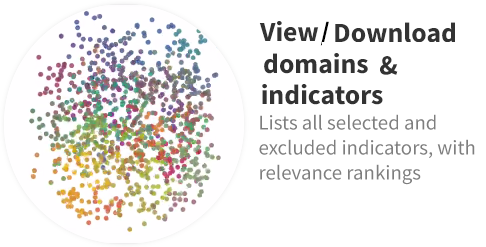
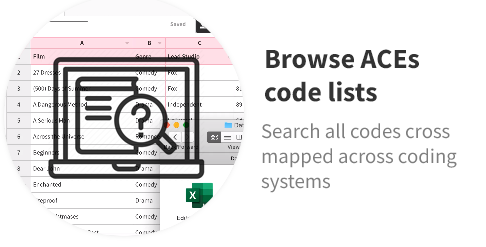
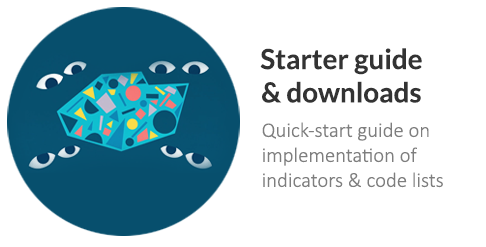
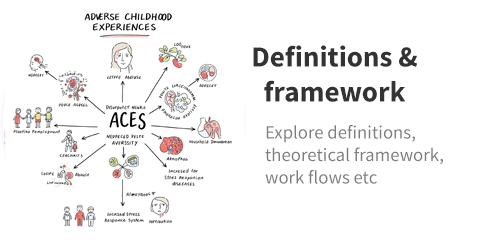
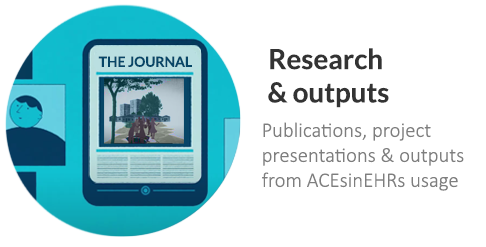
UPDATE July 2023: To derive ACEs using combined maternal and paternal data, please see paper published in the Lancet Public Health “Family adversity and health characteristics associated with intimate partner violence in children and parents presenting to health care: a population-based birth cohort study in England
This library stores ACE indicators and algorithms accompanying the paper published in Lancet Digital Health “Identifying adverse childhood experiences with electronic health records of linked mothers and children in England: a multistage development and validation study, (2022). Shabeer Syed, Arturo Gonzalez-Izquierd, Janice Allister, Gene Feder, Leah Li, Ruth Gilbert. The Lancet Digital Health, 4(7), e482-e496.”.
Users must cite the www.ACEsinEHRs.com library and the accompanying Lancet Digital Health publication in all research outputs, presentations and reports.
No EHR or patient data is stored in this library. The information is not intended for clinical use.
Dr Shabeer Syed, Clinical Psychologist & Senior Research Associate